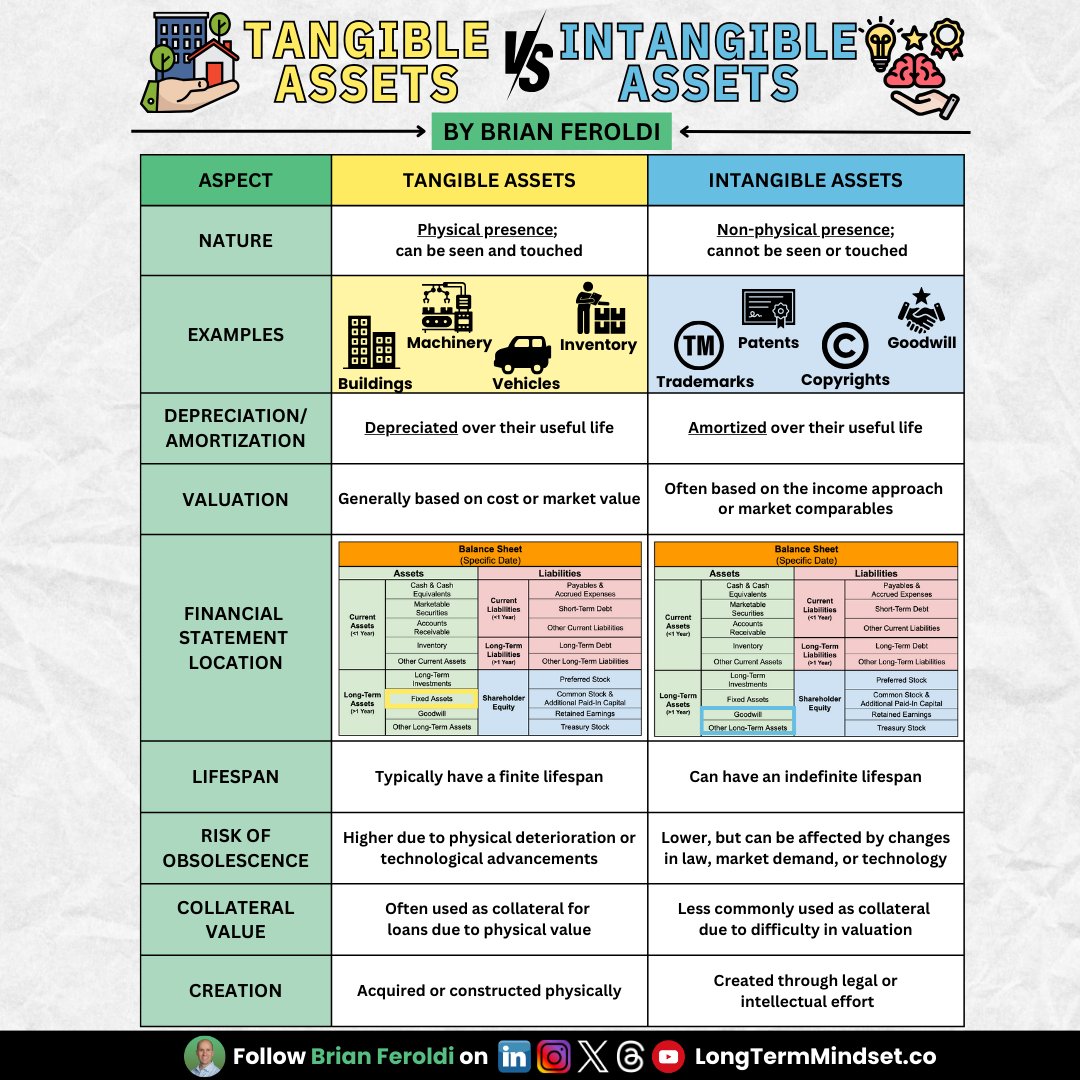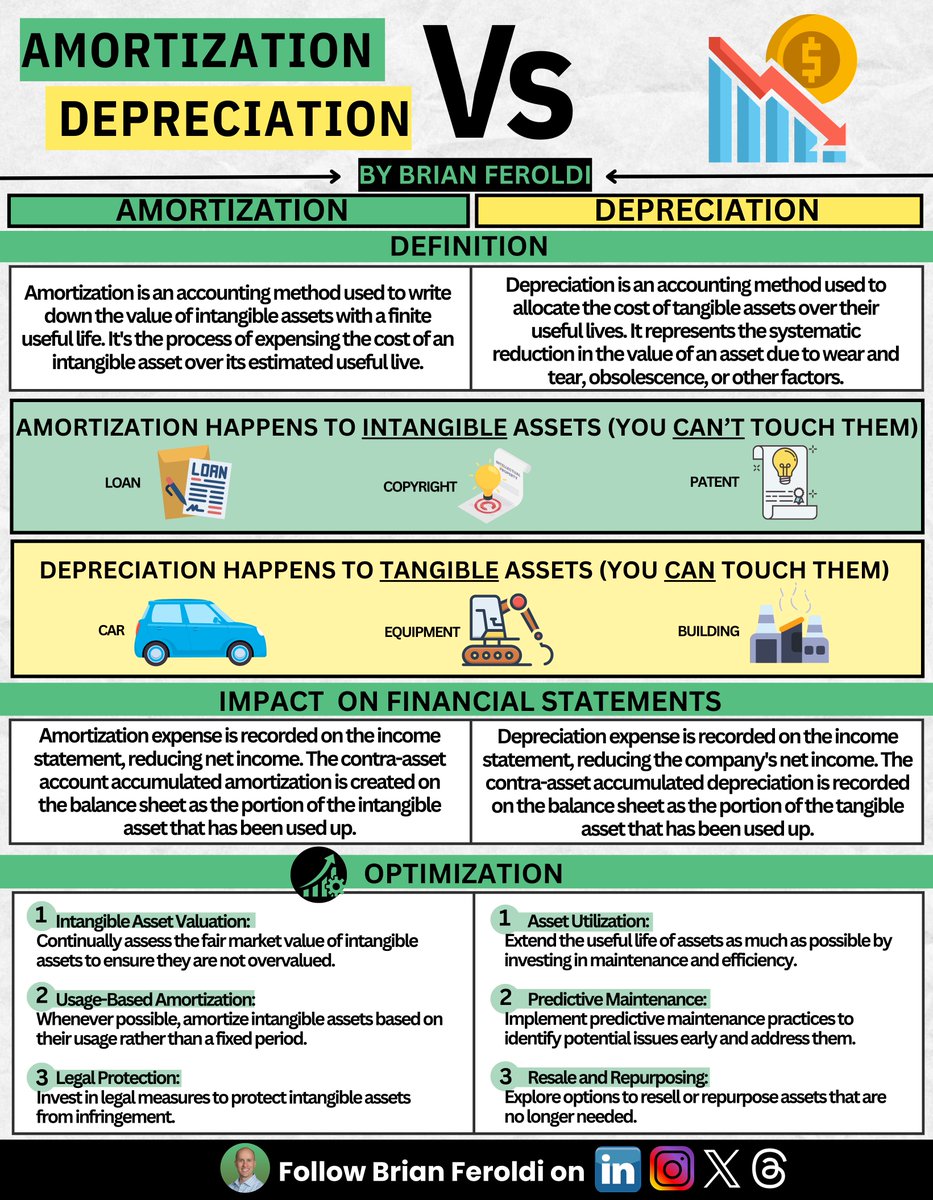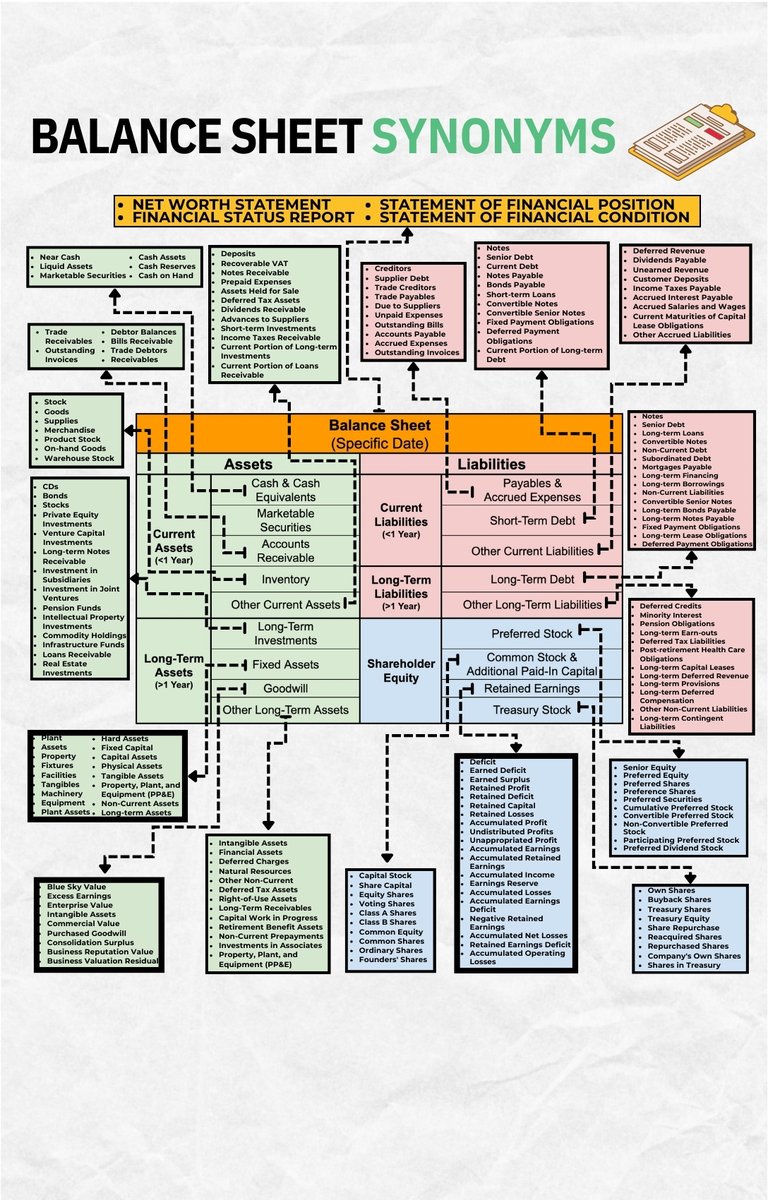A brief history of $GOOG
1995: Larry Page & Sergey Brin meet at Stanford
1996: Build search engine called 'Backrub' in dorm room
1997: Change name to Google, misspelling "googol"
1998: Move into Susan Wojcicki's garage
1998: Sun co-founder Andy Bechtolsheim invests $100k
1995: Larry Page & Sergey Brin meet at Stanford
1996: Build search engine called 'Backrub' in dorm room
1997: Change name to Google, misspelling "googol"
1998: Move into Susan Wojcicki's garage
1998: Sun co-founder Andy Bechtolsheim invests $100k
1999: Raise $25 MM from Kleiner Perkins / Sequoia
2000: Launch AdWords
2000: Default search engine for Yahoo!
2001: Hire Eric Schmidt as CEO
2002: Launch Google News
2004: IPO at $85, raise $1.67 BB
2004: $25 billion market cap
2004: Move into Googleplex
2000: Launch AdWords
2000: Default search engine for Yahoo!
2001: Hire Eric Schmidt as CEO
2002: Launch Google News
2004: IPO at $85, raise $1.67 BB
2004: $25 billion market cap
2004: Move into Googleplex
2004: Launch Gmail
2005: Launch Google Earth
2005: $100 BB market cap
2005: Launch Google Maps
2006: Acquire YouTube for $1.65 BB
2006: Launch Google Docs
2007: Acquire DoubleClick for $3.1 BB
2007: Launch AdSense for Mobile
2008: Launch Chrome
2009: Launch Waymo
2005: Launch Google Earth
2005: $100 BB market cap
2005: Launch Google Maps
2006: Acquire YouTube for $1.65 BB
2006: Launch Google Docs
2007: Acquire DoubleClick for $3.1 BB
2007: Launch AdSense for Mobile
2008: Launch Chrome
2009: Launch Waymo
2010: Launch first Android phone
2010: Launch Google Fiber
2010: Launch think tank Jigsaw
2010: Launch R&D subsidiary Google X
2011: Launch Chromebook
2011: Launch Google+
2011: Launch Google Wallet
2011: 1 billion monthly users
2011: Acquire Motorola Mobility for $12.5 BB
2010: Launch Google Fiber
2010: Launch think tank Jigsaw
2010: Launch R&D subsidiary Google X
2011: Launch Chromebook
2011: Launch Google+
2011: Launch Google Wallet
2011: 1 billion monthly users
2011: Acquire Motorola Mobility for $12.5 BB
2011: Launch Project Loon
2012: Launch drone subsidiary Wing
2013: Acquire Waze for $966 MM
2013: Launch healthcare company Calico
2013: Launch private equity subsidiary CapitalG
2014: Acquire DeepMind for $400 MM
2012: Launch drone subsidiary Wing
2013: Acquire Waze for $966 MM
2013: Launch healthcare company Calico
2013: Launch private equity subsidiary CapitalG
2014: Acquire DeepMind for $400 MM
2015: Launch life sciences subsidiary Verily
2015: Launch subsidiary Sidewalk Labs
2015: Change name to Alphabet
2015: Split shares into $GOOG and $GOOGL
2015: Name Sundar Pichai CEO
2016: $500 billion market cap
2017: 100% renewable energy
2019: Launch Stadia
2015: Launch subsidiary Sidewalk Labs
2015: Change name to Alphabet
2015: Split shares into $GOOG and $GOOGL
2015: Name Sundar Pichai CEO
2016: $500 billion market cap
2017: 100% renewable energy
2019: Launch Stadia
2020: $1 trillion market cap
Currenly have 9 (!!!) products with 1 billion+ users:
Android
Chrome
Drive
Gmail
Maps
Photos
Play
Search
YouTube
Currenly have 9 (!!!) products with 1 billion+ users:
Android
Chrome
Drive
Gmail
Maps
Photos
Play
Search
YouTube
TTM Revenue: $166 billion
TTM Profits: $31.6 billion
Return since IPO: 2,770%
Larry Page: $62 billion net worth (#9 in world)
Sergey Brin: $60 billion net worth (#11 in world)
Eric Schmidt: $17 billion net worth
TTM Profits: $31.6 billion
Return since IPO: 2,770%
Larry Page: $62 billion net worth (#9 in world)
Sergey Brin: $60 billion net worth (#11 in world)
Eric Schmidt: $17 billion net worth
• • •
Missing some Tweet in this thread? You can try to
force a refresh





















